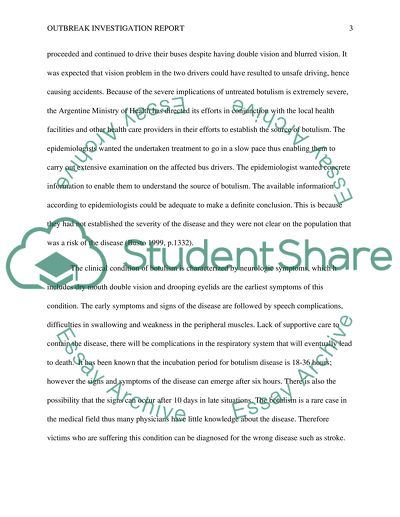Cite this document
(“Outbreak Investigation Essay Example | Topics and Well Written Essays - 1750 words”, n.d.)
Retrieved from https://studentshare.org/health-sciences-medicine/1448211-develop-outbreak-investigation-report
Retrieved from https://studentshare.org/health-sciences-medicine/1448211-develop-outbreak-investigation-report
(Outbreak Investigation Essay Example | Topics and Well Written Essays - 1750 Words)
https://studentshare.org/health-sciences-medicine/1448211-develop-outbreak-investigation-report.
https://studentshare.org/health-sciences-medicine/1448211-develop-outbreak-investigation-report.
“Outbreak Investigation Essay Example | Topics and Well Written Essays - 1750 Words”, n.d. https://studentshare.org/health-sciences-medicine/1448211-develop-outbreak-investigation-report.


